Fort Kearny Parade Grounds
Introduction
Text-to-speech Audio
Images
Old Timers Veterans Reunion - 1900

1905 Gathering at Fort Kearny
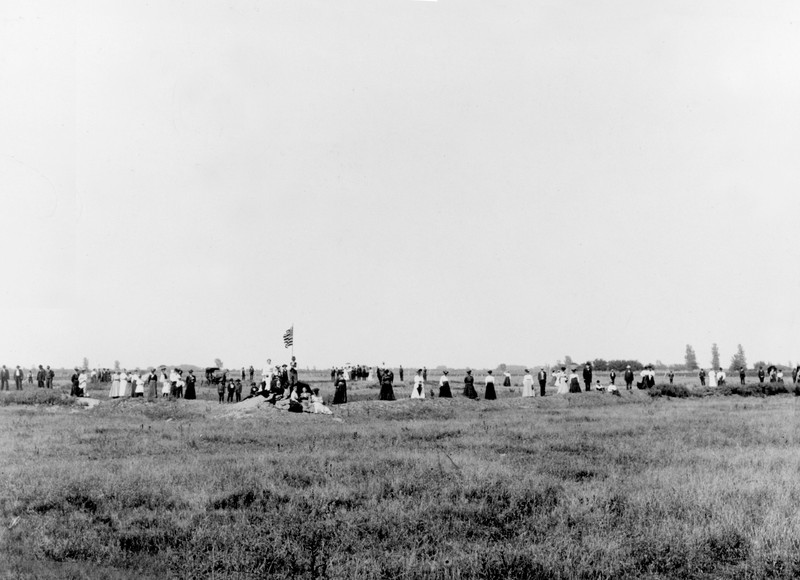
Moses H. Sydenham sitting on a cottonwood log at site of Headquarters, Ft. Kearny. 1907
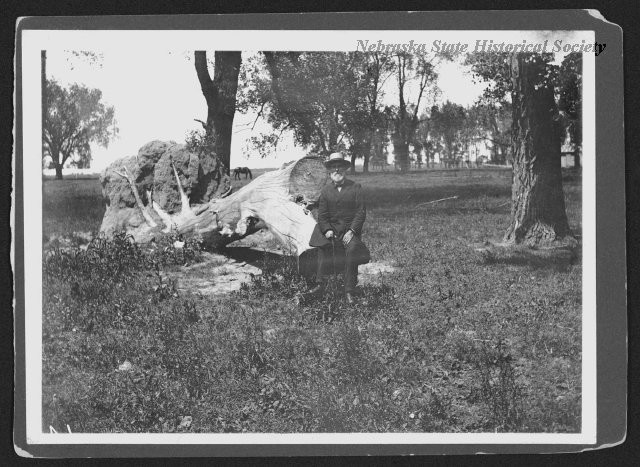
Old Timer Reunion
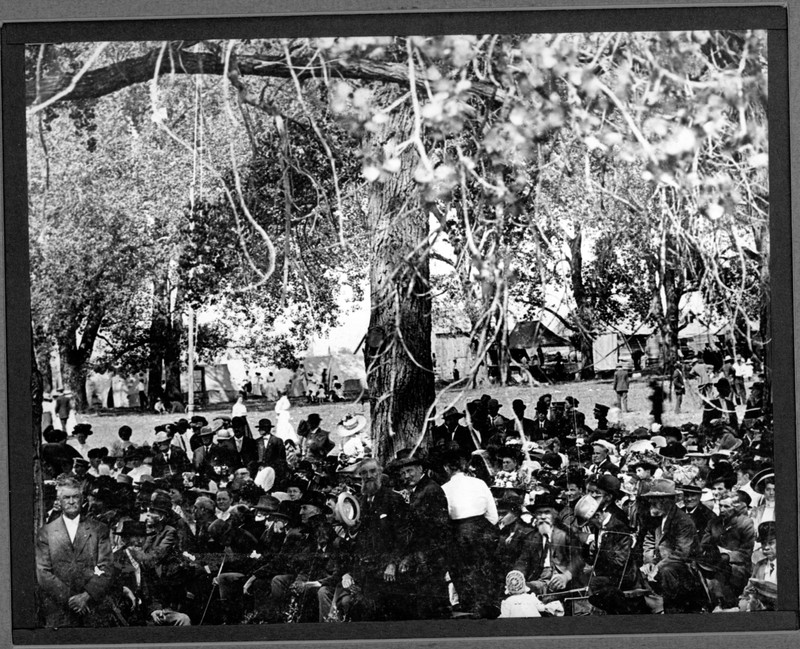
Aerial View of 100th Celebration of Fort Kearny - 1948
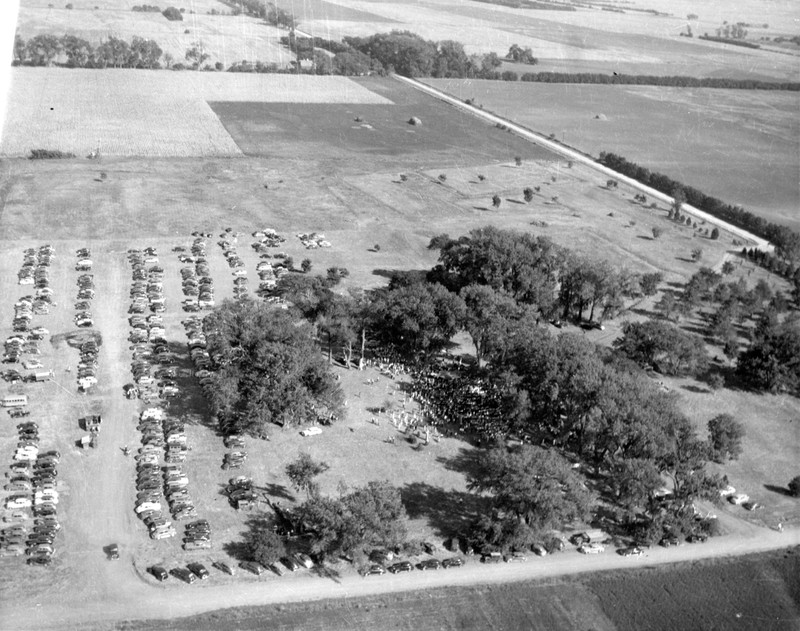
Memorial Marker
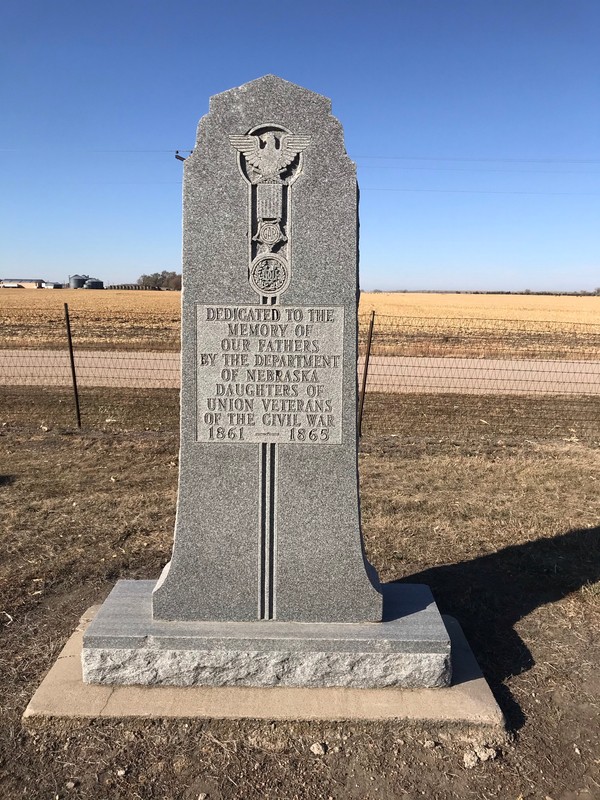
Memorial Marker
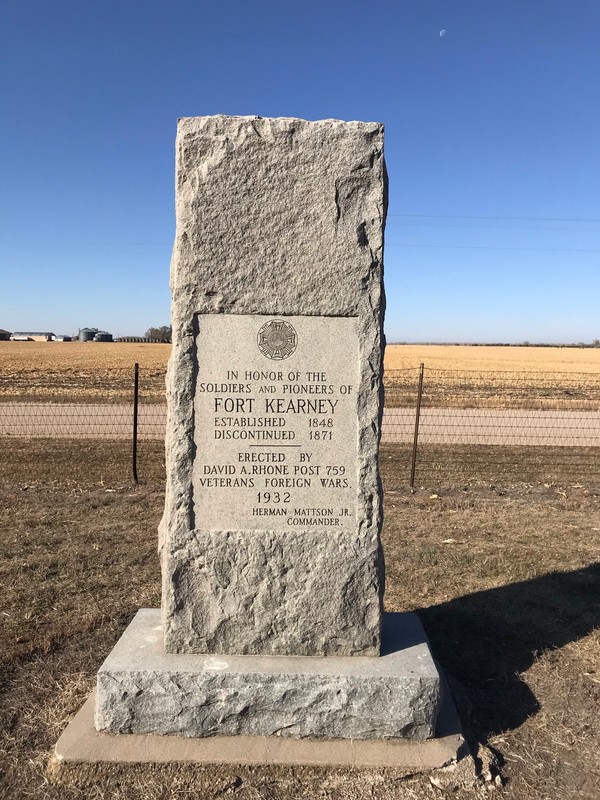
24 lb Howitzer and Carriage
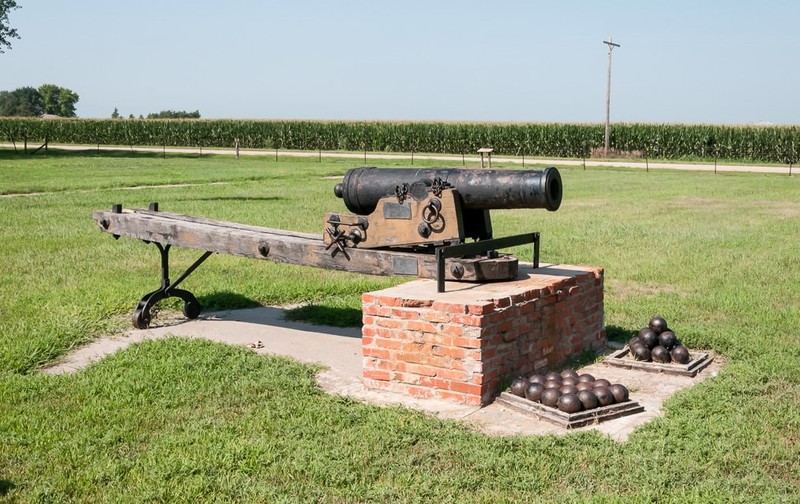
Firing of the Cannon
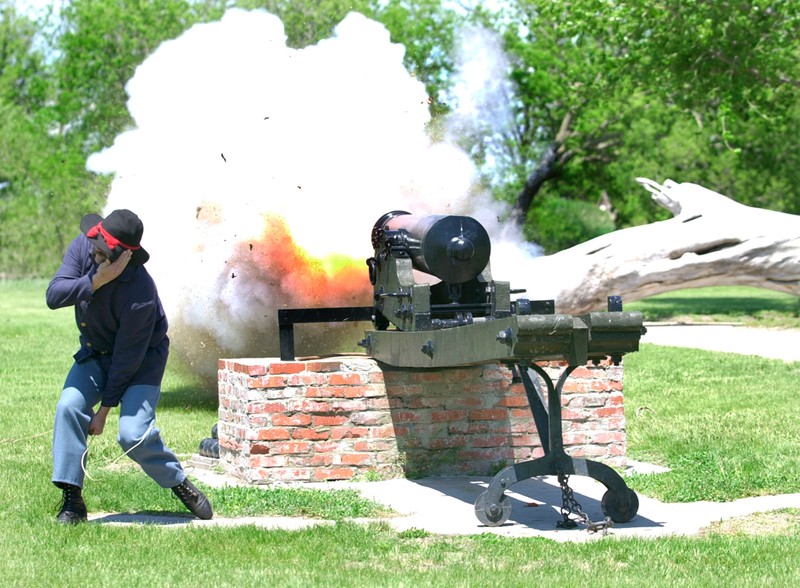
24lb and 12lb Mountain Howitzer cannons fired on summer holiday weekends
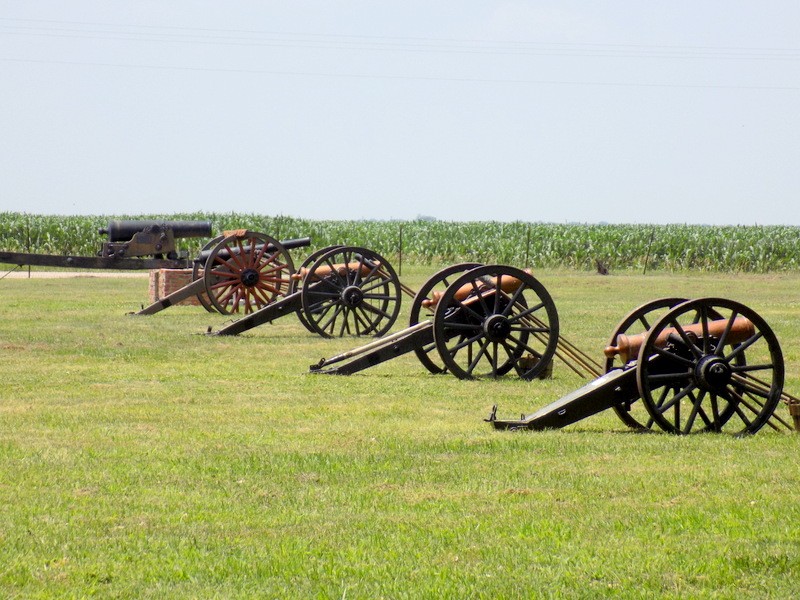
Flagstaff on the parade grounds
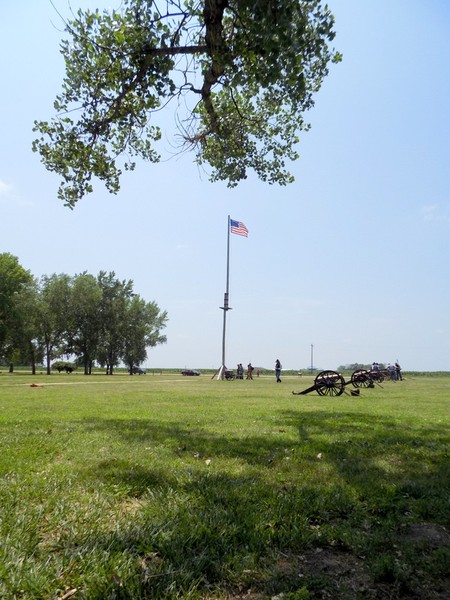
Living history interpreters raising the flag
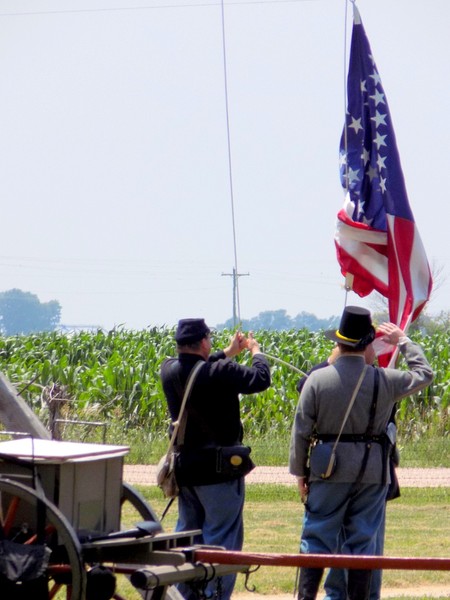
Original flagstaff section and ceremonial flag in Fort Kearny Visitor Center
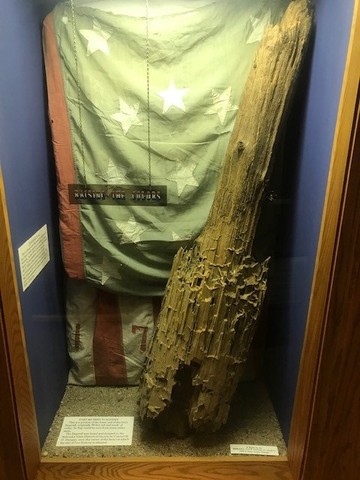
Original flagstaff section - 1930
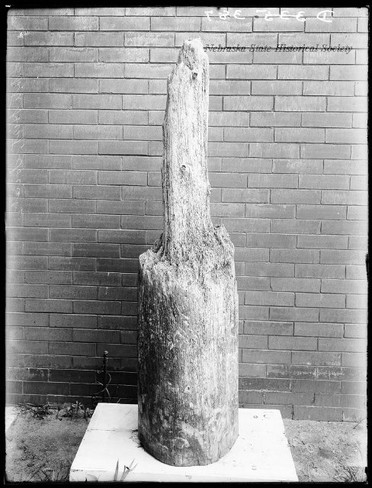
Cottonwood trees planted in 1998 by relatives of original settlers to the area to commemorate the 150th Anniversary of Fort Kearny
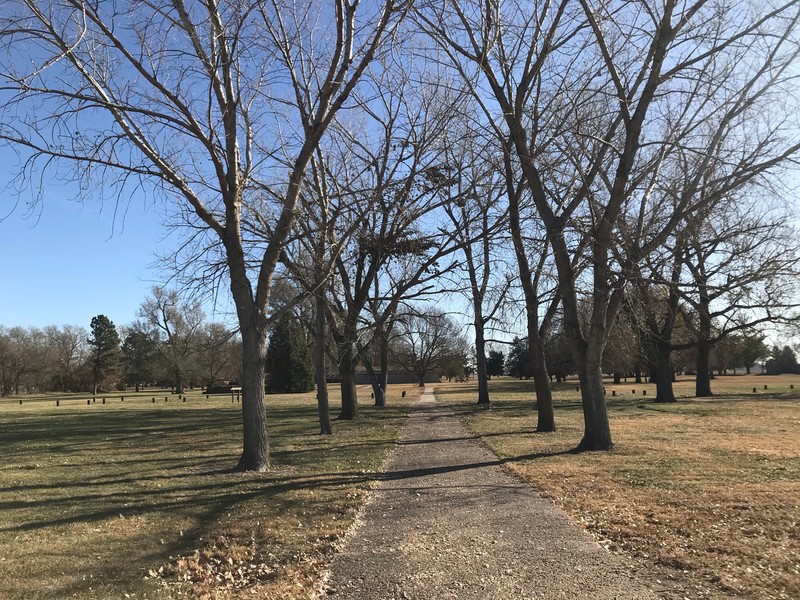
Parade Grounds Aerial View
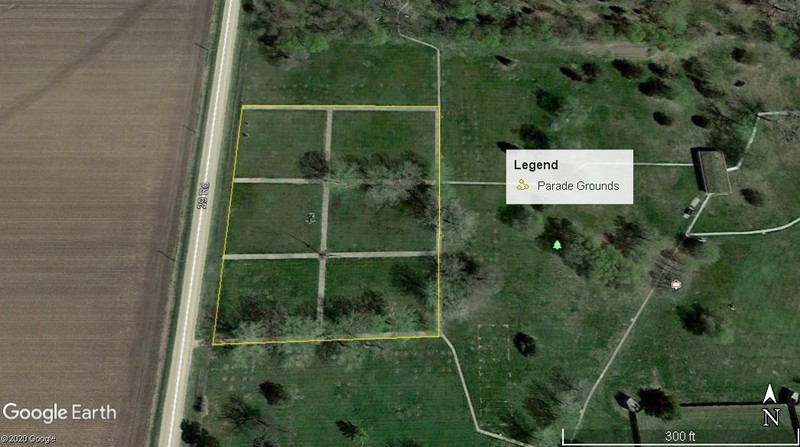
Living history interpreters
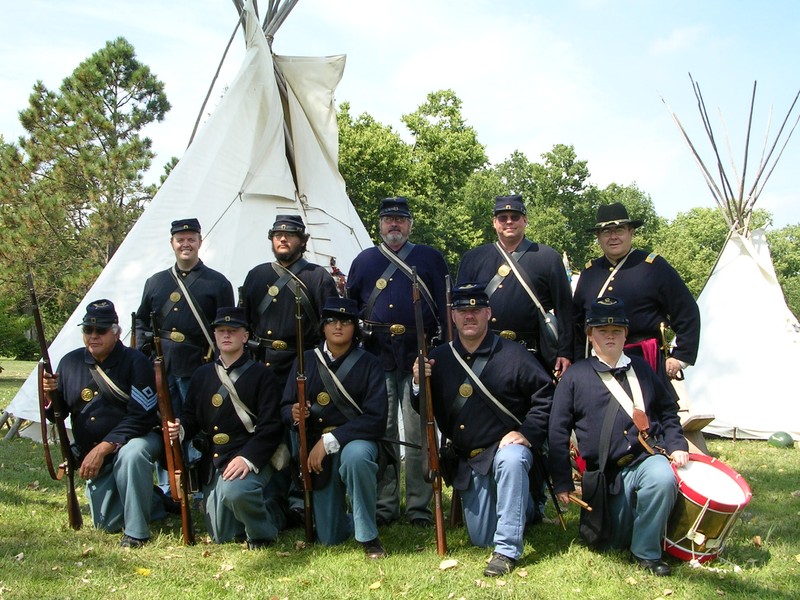
Living history interpreter encampment
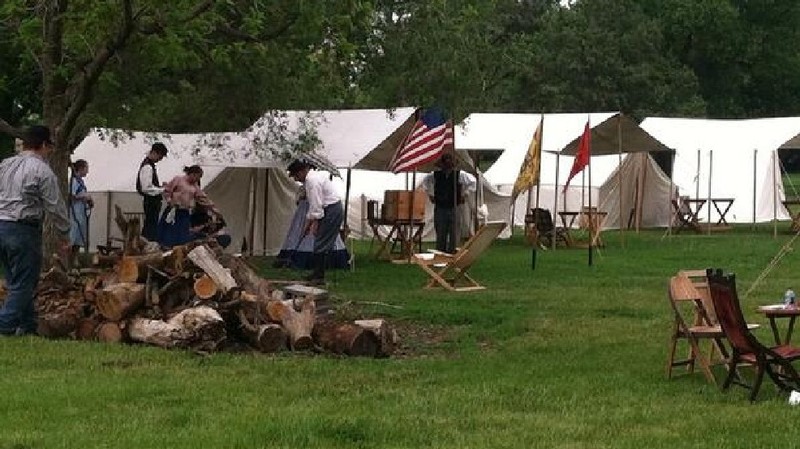
Living history interpreters

Backstory and Context
Text-to-speech Audio
In the nineteenth century, army posts throughout the Great Plains region varied widely in appearance, reflecting the lack of centralized design authority. Post commanders exercised great latitude in construction decisions, often relying on poorly trained lieutenants who designed buildings and oversaw their construction. Low levels of funding forced these officers to rely on available materials and expertise, resulting in a diverse array of architecture within forts as well as among them. Nonetheless, two aspects of fort design were consistent: the general layout of a parade ground with buildings surrounding it and the expression of the military hierarchy in the architecture of the quarters.
The Fort Kearny flagstaff was originally made of cedar and was 90 feet tall. Its flag could be seen from many miles away. A portion of the lower end of the fort's flagstaff was found and donated to the Nebraska State Historical Society by Colonel William O. Dungan, once the owner of the farm on which the site of Fort Kearny is situated. This flagstaff is on display in the Fort Kearny visitor center, along with a hand-sewn flag made by residents of the Cedar Creek community in Buffalo County for the 1876 Centennial of the United States. It was unfurled for the first time on July 4, 1876, at their annual picnic to the accompaniment of a blast of Black powder. The flag measures 5.5 x 9.5 feet and has 13 stars. It was in possession for many years by Mr. J.C. Miller of Kearney. The current flag flying on the parade grounds has 29 stars in recognition of the number of states in the union when Fort Kearny began.
A 24 lb Iron Garrison Howitzer cannon, Model 1844, manufactured by Cyrus Alger & Co. in Boston, Massachusetts in 1847 sits in the center of the parade grounds. Sometime in the early 1830s, the Army realized the need for a smaller, lighter, more versatile cannon that would still have almost the same range as a larger cannon. Their answer to this problem was to shorten the tube (barrel) and shape the breech like a funnel. The resulting gun was called a Howitzer, a name taken from the Prussians (Germans) and pronounced, “Haubitze”, which means sling or basket. This short-range cannon was mounted on a fixed carriage. The large-diameter bore typically fired canister and because few of these remote posts had trained artillerymen assigned to them, Infantry and Cavalry personnel were cross-trained to operate the Howitzer. This earned them the colorful moniker “instant artillery” a term not meant to be flattering. This cannon and some of Fort Kearny's 12 lb Howitzers are fired by living history interpreters on the summer holiday weekends.
The first memorial monument of two located on the parade grounds honors the soldiers and pioneers of Fort Kearny erected by Veterans of Foreign Wars Post 759 in 1932. The second monument is "Dedicated to the Memory of our Fathers by the Department of Nebraska Daughters of Union Veterans of the Civil War 1861-1865." The settlers that surrounded the military site following its abandonment in 1871 recognized the ideal geographic location of the old fort reservation and several proposals were made for the abandoned ten square miles of the old military reservation. One of the most interesting proposals was that of Moses H Sydenham. Sydenham had been postmaster for the Fort from 1858 to 1871 and was editor of the Central Star, the post newspaper. He advocated the relocation of the national capital from Washington to Fort Kearny, listing a detailed plan for the use of the buildings left in Washington as well as a plan for the sale of the lots and land at the new site of the nation's capital. His news release, as stated in his Central Star newspaper, gave a plan that would bring about "The rapid settlement of the great garden plains lying between the Missouri River and the Rocky Mountains and the rapid settlement of the valleys of the mountains, and the development of our great western gold, silver, iron and coal interests." Sydenham's sentiments reflected the booster idealism of the area residents. However, the national congress did not share in this idealism and the bill was soon killed in committee.
In December of 1876, a General Order was issued from Army Headquarters to provide for the sale of the Fort Kearny Military Reservation in the State of Nebraska. The order gave direction for the Secretary of the Interior to survey and section the land and offer it to settlers at a minimum price under the accordance of the homestead laws. In 1873, William O. Dungan, a Civil War veteran, purchased the squatters' rights and later fulfilled the obligations of the Homestead Act to acquire the land and receive the title in 1878. Dungan located his home among the old cottonwoods planted around the parade ground and used the shade of the large trees for his yard and grazing livestock. Dungan never permitted the old earthworks east of the fort buildings to be plowed up. He also encouraged the use of the land for reunions of soldiers and settlers who kept alive the feeling of reverence many felt for the fort site. This respect for the fort's site is an example of the recognition and pride of the surrounding communities and often continued that respect and established the site as a public gathering spot. The Soldier's Free Homestead Colony organized in 1871 in nearby Gibbon, frequently chose the grounds for a picnic and camping ground for their annual reunion. In 1906 this group organized as The Fort Kearney National Park Association, with the intent of gaining recognition for this site as a national park. In June of 1909, the first reunion of the new group met at the fort site and great plans were made for the following year's reunion. This group met early in February of 1910 to plan for the August event and printed a brochure with biographies of the speakers, organizers, and the purpose of the Association.
Sources
Vifquain, Sally. Fort Kearny - The Rest of the Story Part II. Buffalo Tales - Buffalo County Historical Society, vol. 23, no. 2. Published March 1st, 2000.
History Nebraska
History Nebraska
History Nebraska
History Nebraska
History Nebraska
